Diana Urbanczyk, Year 3
Abstract
With the increasing demand for sustainable energy sources, the exploration of renewable energy systems has become a priority. This paper presents a comparative study of solar and wind energy systems in airborne applications, with the aim of analyzing their performance and efficiency under similar meteorological conditions. The study employs two experimental designs: a Solar Configuration, which includes solar panels, and a Wind Configuration, which includes wind turbines, both mounted on the same base model plane. The quantitative measurements taken include voltage and power, with a focus on the reliability of the current. Qualitative performance measurements were to assess the impact of the energy systems on flight performance. The results show that as an attachment, only the solar panels were able to exist on the model without severely altering flight performance. This study provides insight into the differential between solar and wind energy gathering in airborne applications, paving the way for further exploration and development of renewable energy systems in the aviation industry.
Introduction
Renewable energy systems are becoming increasingly well-known as society moves away from fossil fuels, striving for carbon neutrality. Decarbonizing the aviation industry is a significant challenge in achieving this goal due to its heavy reliance on traditional fuel-based propulsion systems. Because burning jet fuel at high altitudes results in emissions of compounds like CO2 and SO2 in addition to changing concentrations of O3 and CH4 due to NOx emissions, the aviation industry’s effect on the climate is multifaceted (Brazzola, 2022). In recent years, research and experimentation on renewable energy systems have resulted in more attention and opportunities to apply them. For example, a solar-powered plane completed its journey around the world, highlighting the potential of solar energy systems while exposing the limitations of surface area (Wei-Haas, 2018). Additionally, Airborne Wind Energy Systems are emerging as a rapidly growing energy system, with completed projects and prototypes available for study. In an industry like aviation, the potential of Airborne Wind Energy Systems is particularly noteworthy, as it offers an alternative to traditional fuel-based aircraft propulsion. With its ability to harness wind energy at high altitudes, Airborne Wind Energy Systems have the potential to be an innovative solution to the challenges of sustainable aviation. Furthermore, research has shown that Airborne Wind Energy Systems have a higher energy output than traditional wind turbines on land, making it an attractive option for renewable energy production (Cherubini, 2015).
This project compares the effect of solar cells and wind turbines on a model plane, testing the limits of altering airflow over an airfoil. By analyzing the differences in performance between solar and wind energy systems under the same airborne conditions, this project aims to explore the potential of these systems for use in aviation. While research on these systems has increased, there has yet to be an explicit performance comparison under the same conditions. This project seeks to fill this gap by conducting flight tests on a base model plane with solar panels and wind turbines, both configured to gather energy while in flight.
Materials and Methods
A model plane (Joyrider Mini) was constructed using 5mm foamboard according to the outlined plans of JoyPlanes. A hatch was incorporated to facilitate the change between configurations (fig 1). Each energy system was weighed to be 35 grams to ensure similar load increase.This was enforced by specifying that the wiring added to each system should not exceed a total weight of 35g, including the weight of solar cells/wind turbines. Total aircraft weight was 915g (including an energy system).
Airworthiness was assured after flight tests conducted from grass fields (⅛ inches tall, Golf course standard) and asphalt strips. Take-off performance was more reliable off of the asphalt, as the grass field was not completely flat. Thus, all subsequent flight tests were conducted off of asphalt.
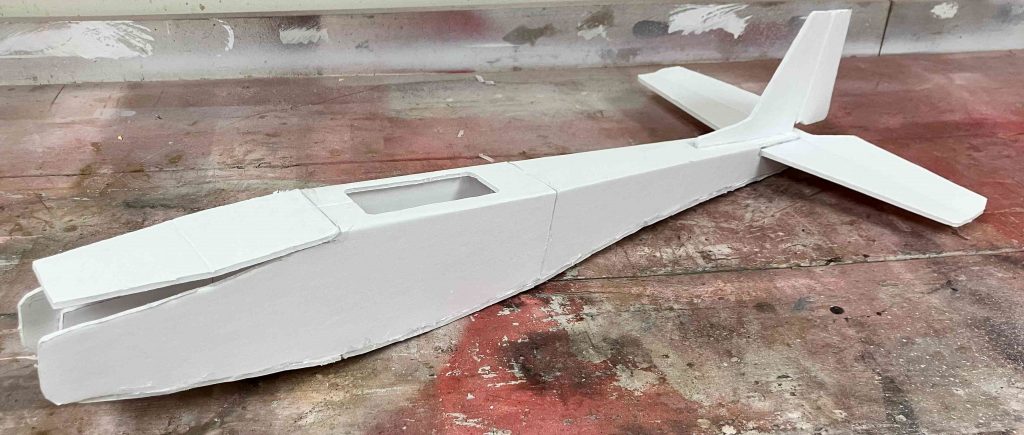
Figure 1. Model aircraft fuselage and tail. Image highlights the hatch at the nose and hole for wing electronics
Two solar cells (VELLEMAN), soldered together in series, were attached using hot glue on their base 2 cm from the wing root, one on each wing, equidistant from the fuselage (fig 2, fig 3). Lose wires were secured with Scotch tape. A balance test was conducted before the first flight to ensure weight and balance were within limits, based on points specified in the JoyPlanes blueprints. Flight tests under the Solar Configuration were conducted and sample data was gathered in the form of qualitative flight performance observations.
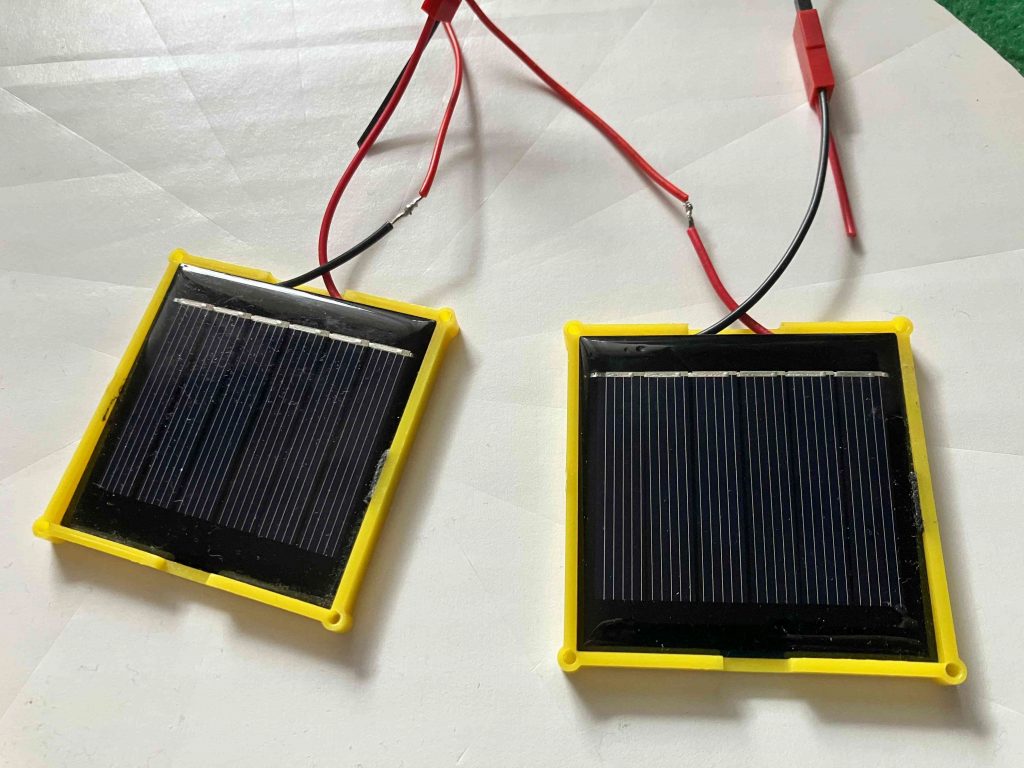
Figure 2. Solar cells used for model aircraft, soldered in series.
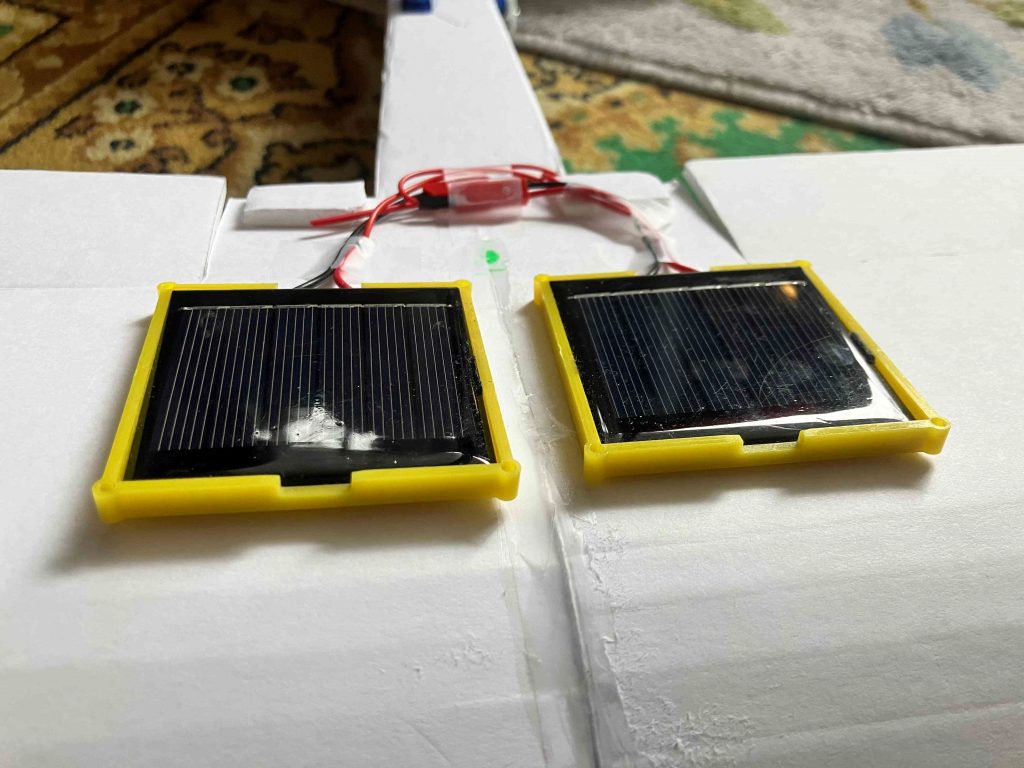
Figure 3. Solar cells attached to aircraft wings.
For the Wind Configuration, the solar cells were removed and replaced by two wind turbines. The wind turbines were created by combining a DC motor (Lee’s Electronic Components—130 Brushed, 3V 0.95A, 13200 RPM) with a four blade propeller from the propeller kit (XIUGANPO) (fig 4). The resulting wind turbine was then attached along the leading edge of each wing near the wing root, equidistant from the fuselage, using hot glue and tape as an extra security measure (fig 5). Following successful weight and balance tests, flight tests were conducted, and sample data was gathered in the form of qualitative flight performance observations.
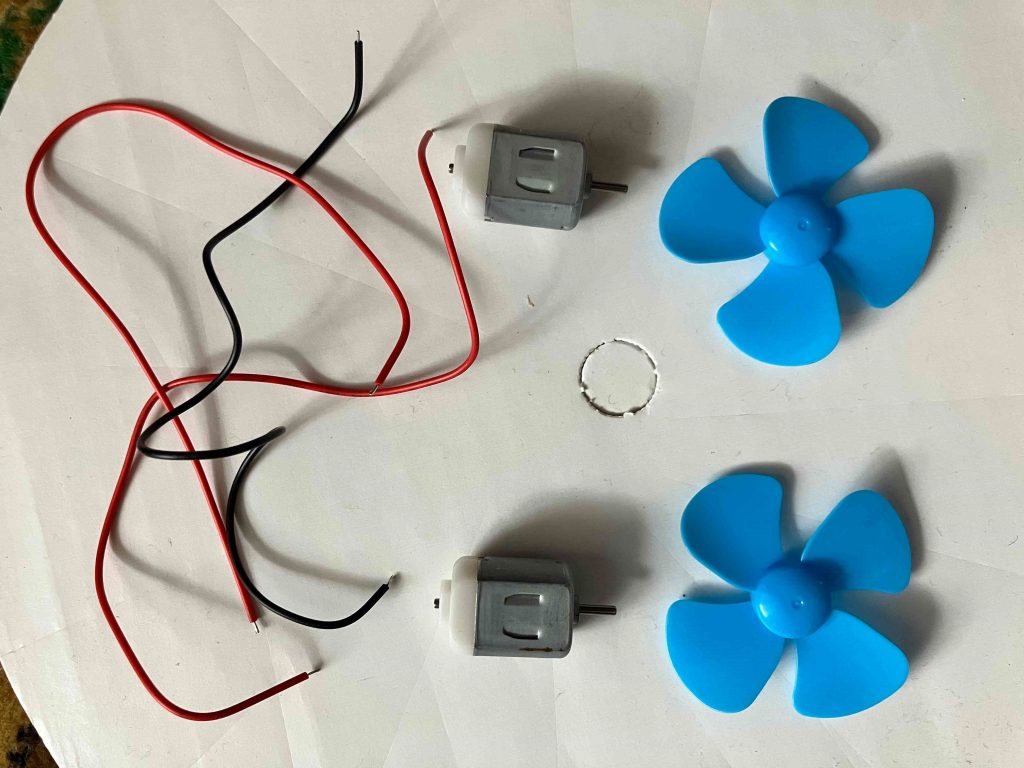
Figure 4. Components of the wind turbines.
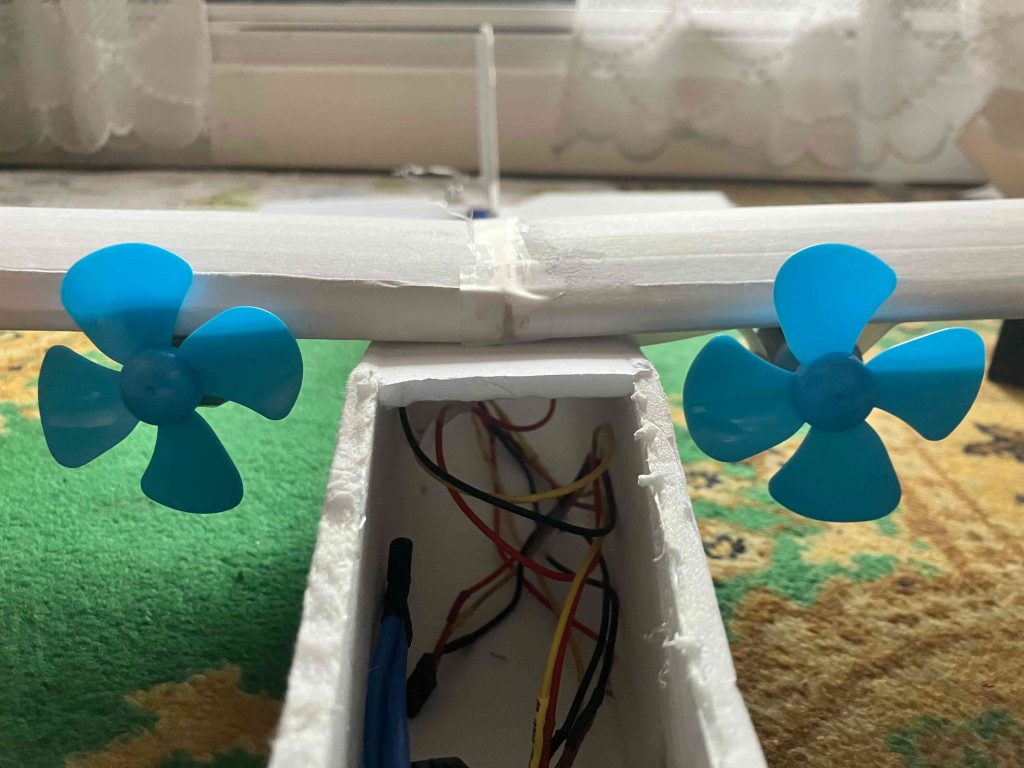
Figure 5. Wind turbines attached to model aircraft.
Qualitative flight performance observations focussed on maneuverability and stability of the aircraft. For example, an aircraft that banks easily, but loses altitude despite positive control input would be ranked as high maneuverability and low stability.
Results
Control Configuration
The plane was designed with no additional systems, and it was used as a reference for comparing the performance of the solar and wind configurations. The plane’s stability was tested, and it was found to take off easily in light wind conditions while maintaining altitude with little control input.
Solar Configuration
The purpose of this configuration was to test the impact of the added weight and the disturbance on the wings. The plane was able to take off into a headwind, but was decidedly more unstable compared to the control, as the additional weight and disturbance on the wings disrupted airflow, resulting in a higher stalling speed.
Wind Configuration
The plane was designed with small wind turbines attached to the wings, and the purpose of this configuration was to test the effect of the turbines on the airflow over the wings. The plane was unable to take off, as the wind turbines disrupted the airflow too much for the aircraft to achieve lift.
Discussion
In seeing the results, the need for unobtrusive energy systems is highlighted, considering the limitations of the attachable energy systems tested in this project. Technology that can blend into the body of the aircraft is ideal, which is most successful through manufacturing. Attachable energy systems affect the model aircraft performance significantly, suggesting similar results if the project were to be scaled up.
A significant limitation of the project was the quality of materials—which unfortunately delayed the testing. Additionally, the small scale of the model aircraft used in this project may not accurately reflect the impact of energy systems on larger, full-sized aircraft.
The wind configuration demonstrated the limitations of using large wind turbines solely for power generation on aircraft, as the disruption of airflow prevented the plane from taking off and they did not contribute towards generating lift.
The solar configuration showed the potential for solar energy to be used in aircraft, but the added weight and disturbance on the wings also highlighted the need for lightweight and unobtrusive solar technology. Currently, the thinner and more flexible a solar panel is, the less efficient it is, which calls for further research into the development of efficient solar cell technology to justify their use in larger scale projects.
Based on these results, it can be concluded that the design of energy systems for aircraft must be carefully considered and integrated into the overall structure of the aircraft to minimize any negative impact on performance. The limitations of attachable energy systems were demonstrated in this project, suggesting that a more comprehensive approach is necessary to achieve optimal results. This approach will likely only be possible through the independent development of the technologies themselves to increase efficiency with application in the aviation field in mind, thus requiring significant durability and resistance to typical flight turbulence and atmospheric conditions.
Future research can build on these findings by testing more advanced and lightweight energy systems on larger aircraft. Additionally, further testing can be done to explore the effects of energy systems on different flight conditions, such as crosswinds and turbulence. Overall, the results of this project contribute to the ongoing efforts to develop sustainable and efficient energy systems in aviation.
References
Brazzola, Nicoletta, et al. “Definitions and Implications of Climate-Neutral Aviation.” Nature News, Nature Publishing Group, 25 July 2022, https://www.nature.com/articles/s41558-022-01404-7.
Cherubini, Antonello, et al. “Airborne Wind Energy Systems: A Review of the Technologies.” Renewable and Sustainable Energy Reviews, Pergamon, 31 July 2015, https://www.sciencedirect.com/science/article/pii/S1364032115007005.
Wei-Haas, Maya. “Inside the First Solar-Powered Flight around the World.”Smithsonian.com, Smithsonian Institution, 31 Jan. 2018, https://www.smithsonianmag.com/innovation/inside-first-solar-powered-flight-around-world-180968000/.